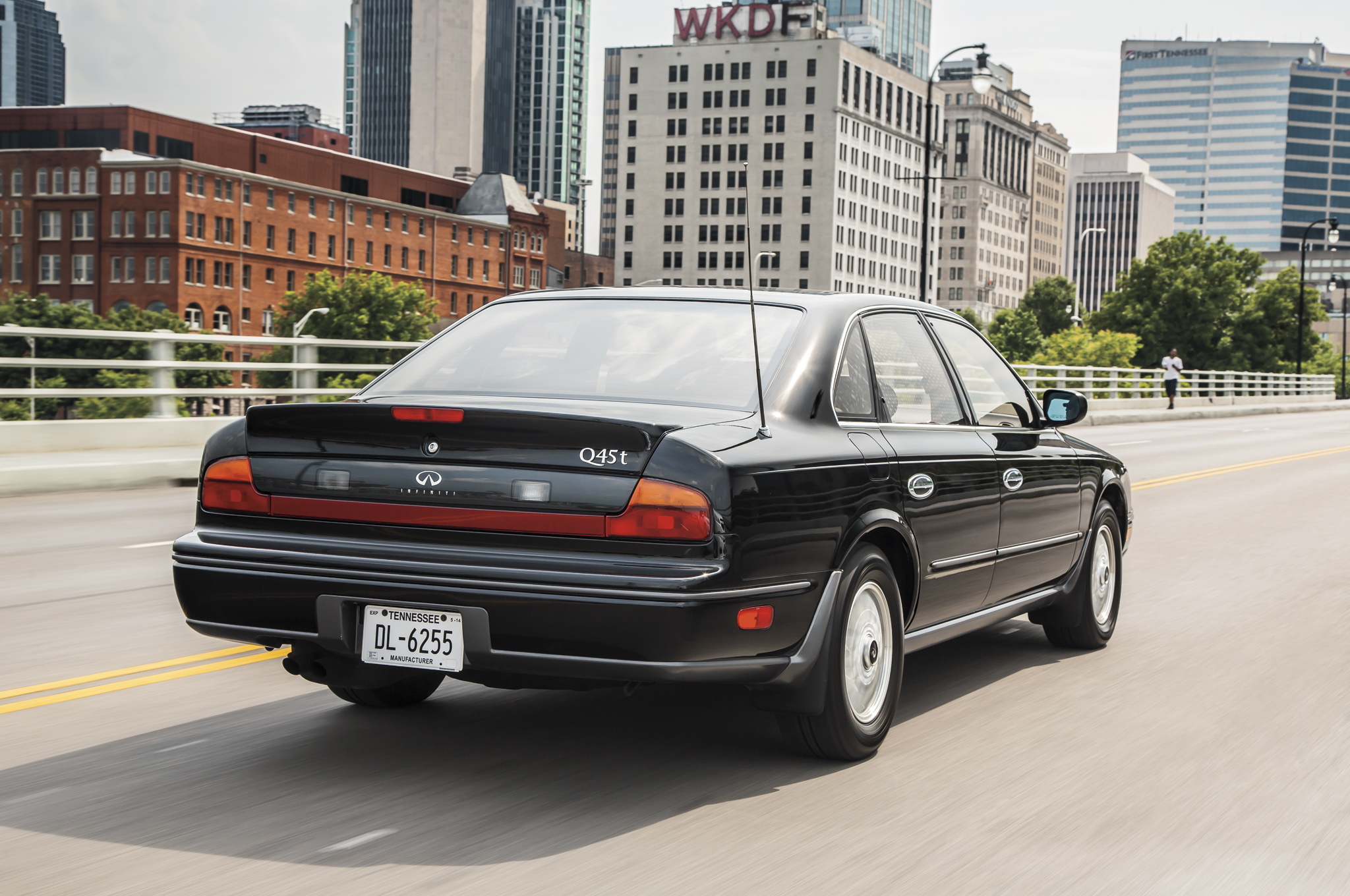mmcartalk
Expert
- Messages
- 4,159
- Reactions
- 2,675
MM Retro Write-Up: 1990-2006 Infiniti Q45
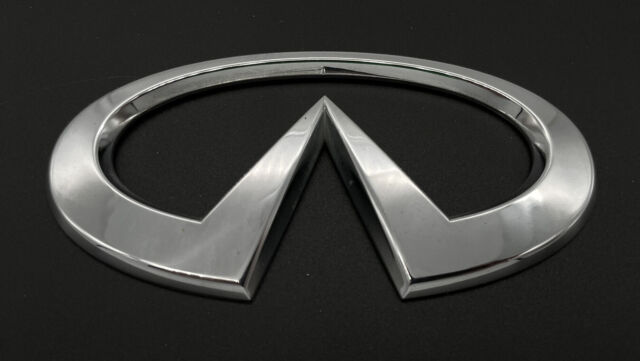
FIRST GENERATION

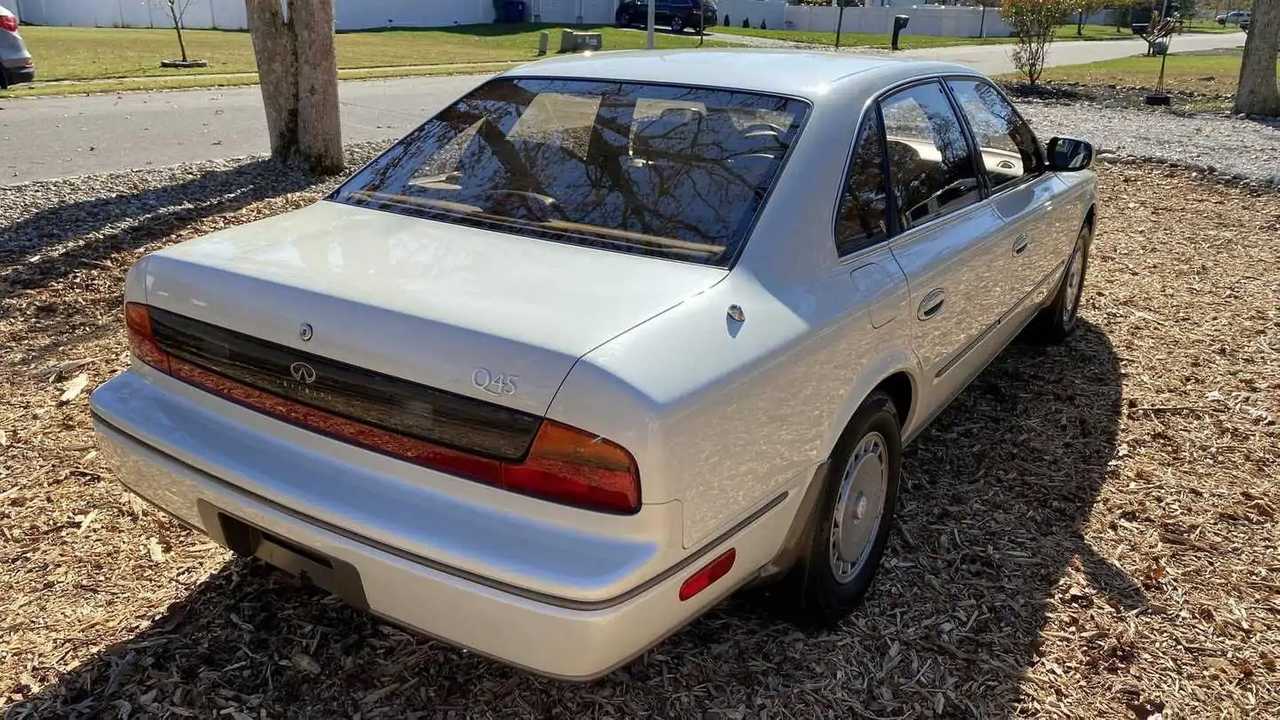
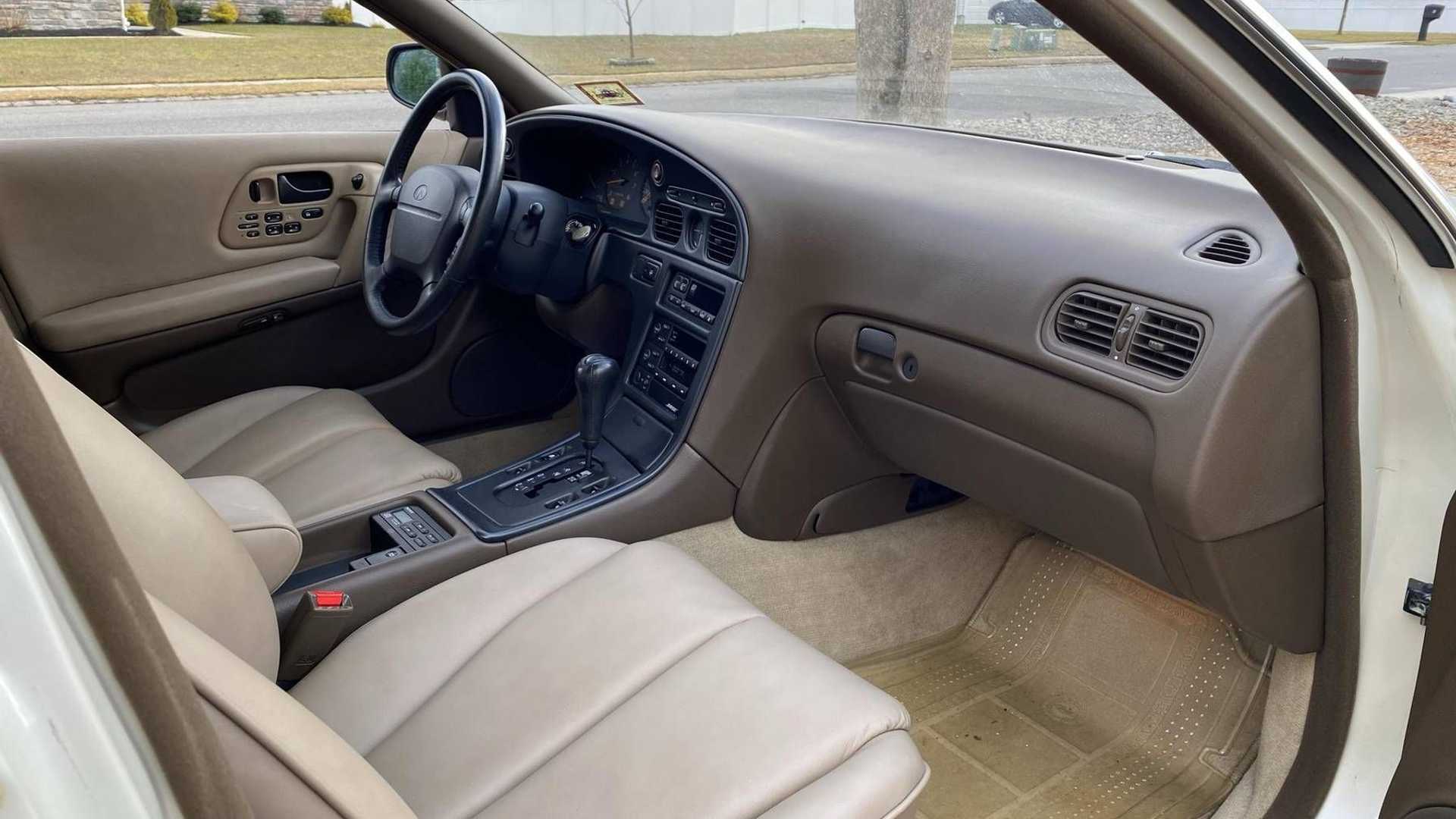
SECOND GENERATION
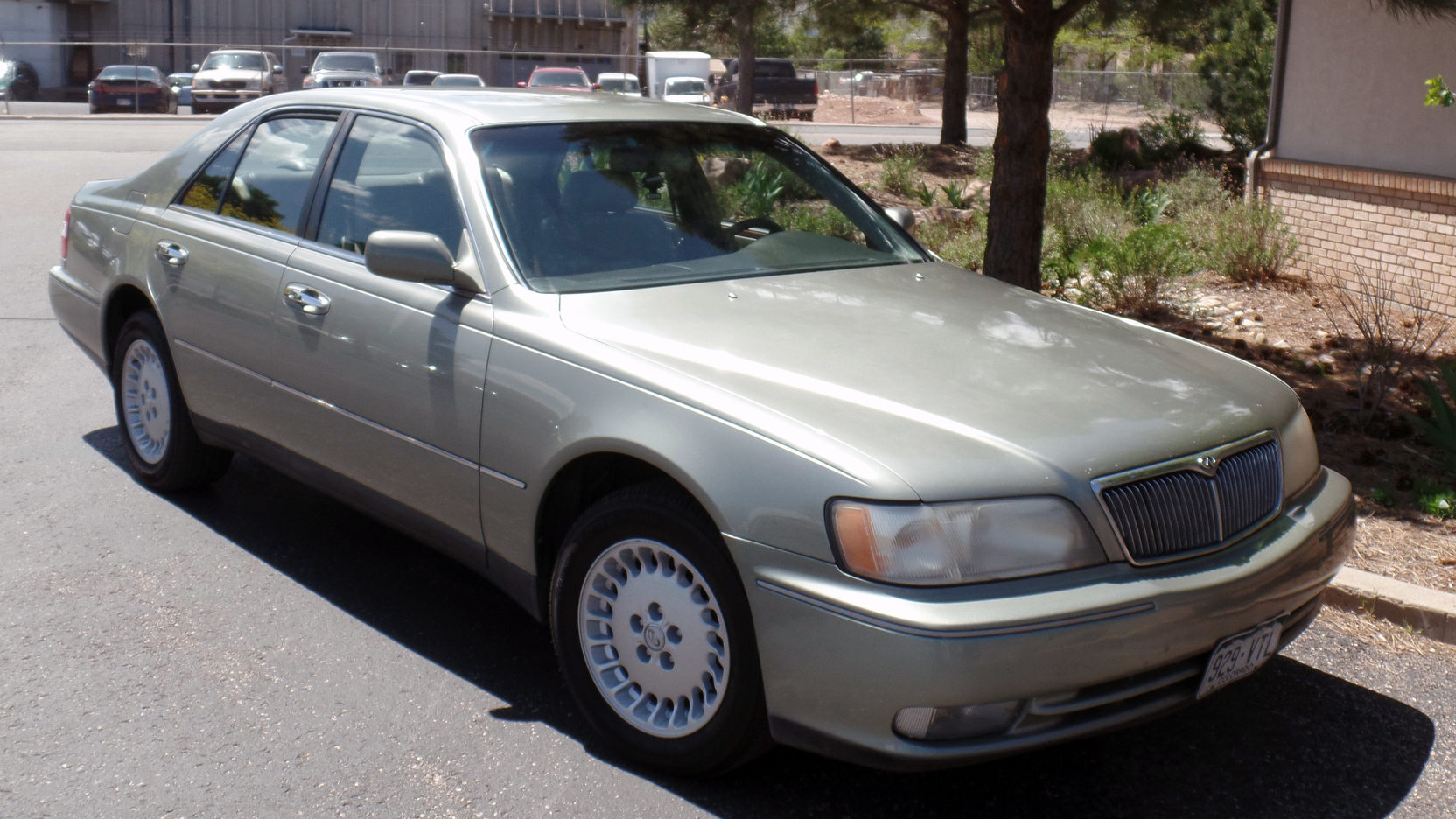
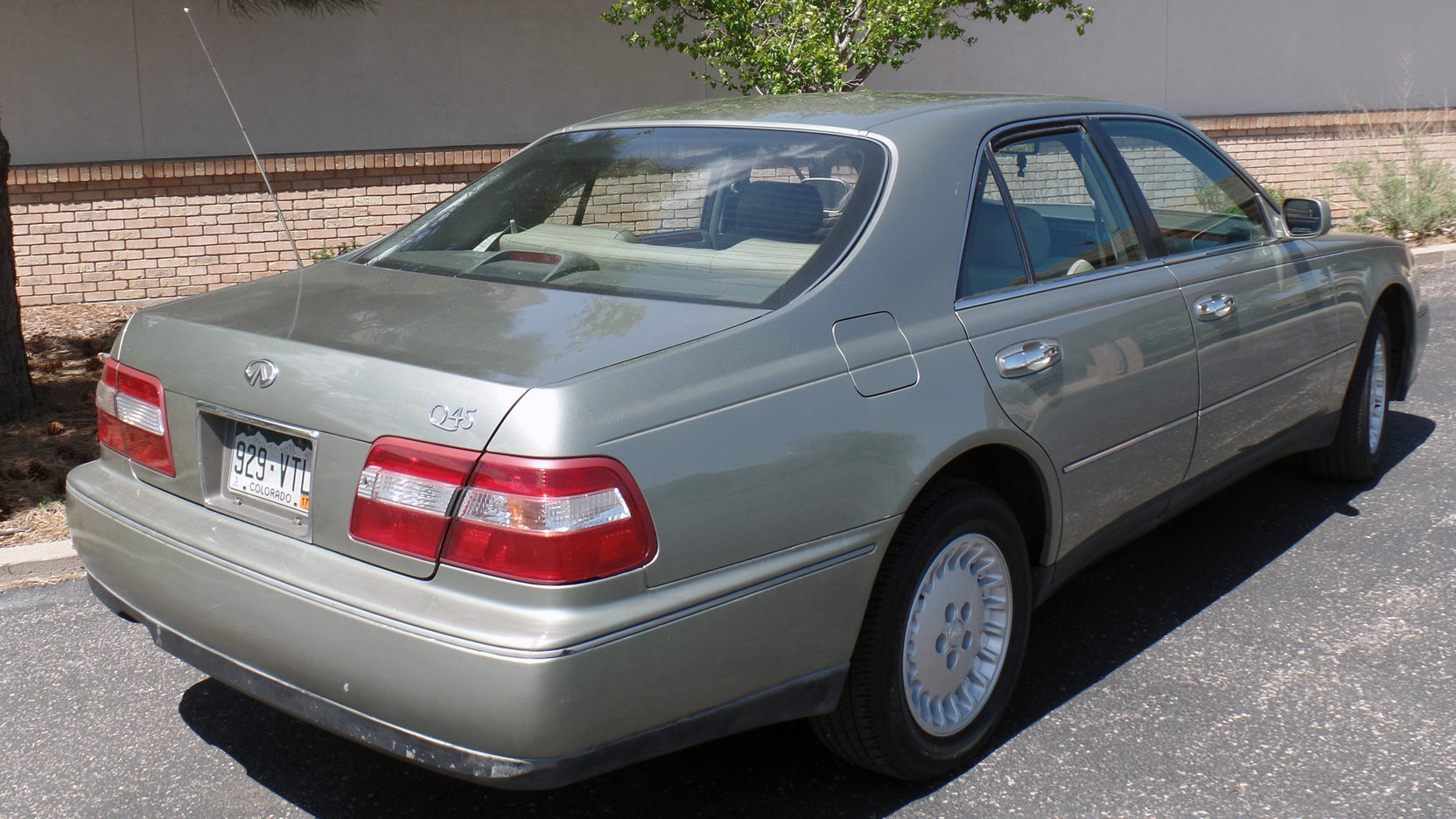
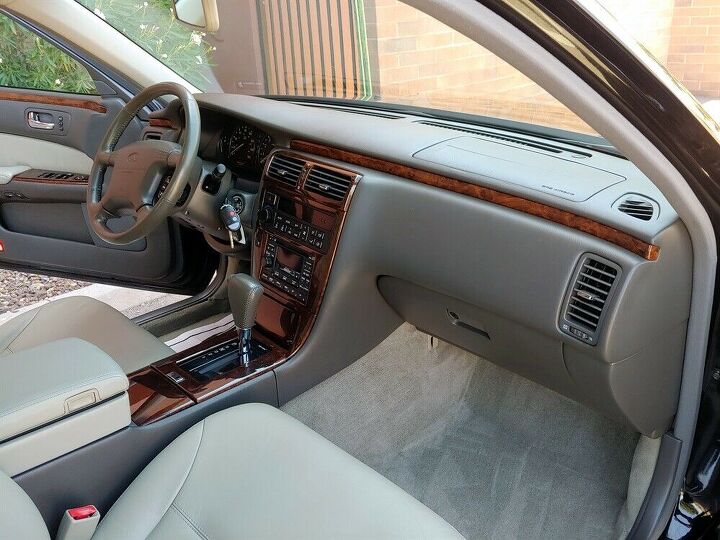
THIRD GENERATION
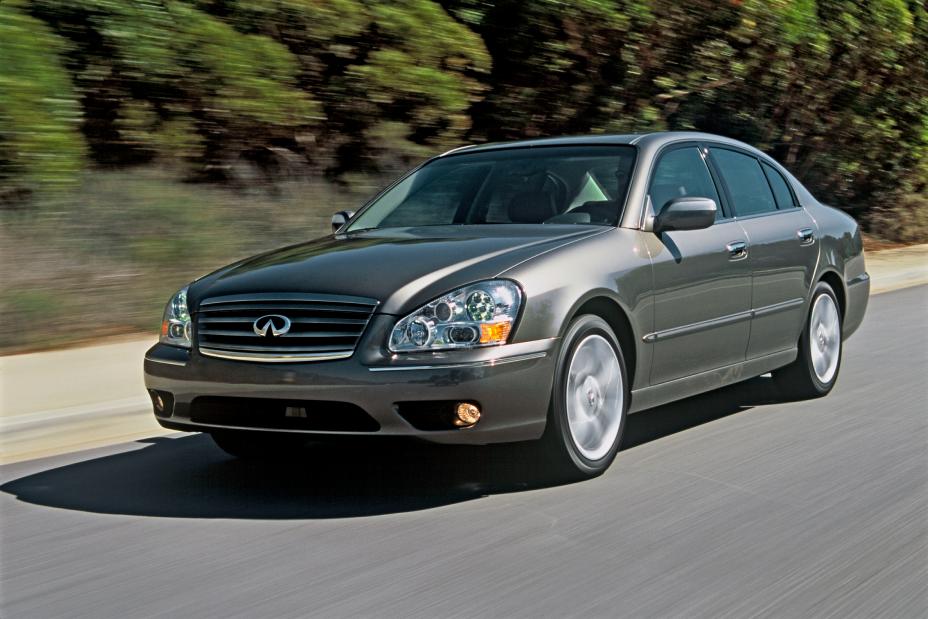
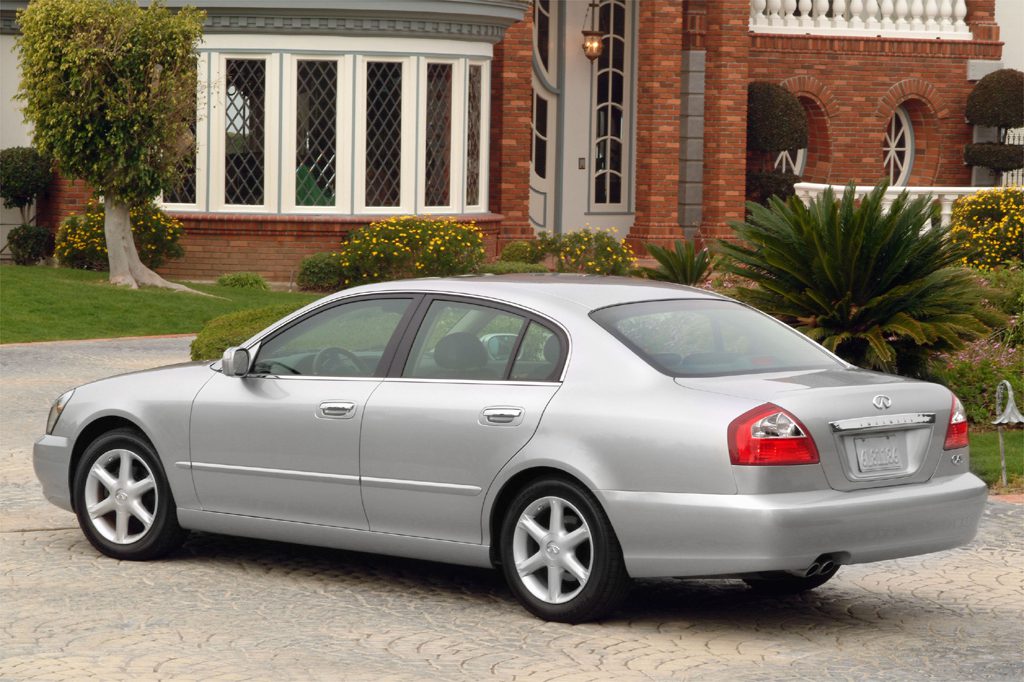

IN A NUTSHELL: Never really caught on with the American public, despite several different attempts by Infiniti to market it in various ways.
It was not only Toyota/Lexus and Honda/Acura that generally built their best products in the 1990s, but also Nissan/Infiniti and some other Japanese automakers. Unfortunately, the Infiniti flagship Q45 sedan did not share in the prosperity of the rest of the Infiniti line in the 1990s, and clearly played second-fiddle to its main rival, the Lexus LS400.
Although Honda’s upmarket/premium Acura division had been launched in the U.S. by the mid-1980s (and, for a while, was quite successful), Toyota and Nissan were not ready to introduce their premium Lexus and Infiniti divisions until 1990. Until then, if one wanted truly upmarket and premium vehicles in the American market, he or she pretty much had to stick to either the premium American or European nameplates The Japanese, despite selling upmarket vehicles in their home market, with the exception of the Acura Legend, had yet not expanded into the U.S. with those products.
That changed in 1990, with the Introduction of the Lexus and Infiniti nameplates. Suddenly, Mercedes and BMW (more so than Audi, which would find its greatest success later), found themselves confronted with two large competing upmarket Japanese luxury sedans, the Lexus LS400 and Infiniti Q45, that not only significantly undercut them in price (starting around 35K), but also promised better reliability and a higher level of customer service. The customer-service factor was also significant because Mercedes and BMW dealerships had by then developed a reputation for being overpriced, snobbish, and sometimes arrogant. Mercedes products back then, and to a lesser extent those from BMW, were built like tanks, were rock-solid in their construction, and Mercedes, along with Volvo had an enviable reputation for safety, while BMW, with good reason, was known as the “Ultimate Driving Machine”. Suddenly, they no longer had this imported luxury-sedan market all to themselves…they had to accept the reality of new-found competition from the Japanese. Mercedes, in particular, was forced to start cost-cutting in response……and, throughout the decade, their vehicles lost some of that former tank-like engineering/construction and materials, customer complaints arose, reliability declined.
In contrast, Lexus and its large luxury LS400 sedan were clearly a home run. The LS400, superbly engineered and built, was an American-market version of the Japanese market Toyota Celsior, and was a nearly perfect vehicle mechanically except for perhaps somewhat undersized brake rotors that weren’t quite up to the vehicle’s weight, and tended to warp from heat buildup. Infiniti’s large Q45 sedan, at least in its first-generation version, was also an extremely high-quality product, built every bit as well as the LS400 (if not better in some areas), but, unlike the LS, suffered from lack of customer acceptance. This was due to some missteps and misjudgments by the Infiniti marketers.
Unlike the LS400, which had clearly been comfort-oriented in the traditional luxury-sedan mold, Infiniti designed the Q45 (and the large Nissan Cima sedan, which served as the Q45’s base) as essentially Luxury/Sport sedans, with more power than the LS, a somewhat firmer suspension that didn’t glide over bumps as softly as the LS, a lack of wood-tone trim inside, and rather odd styling in front..particularly with the lack of a traditional grille. The LS400, in contrast, was every bit a luxury sedan inside and out. And both Lexus and Infiniti, at the time, set new records for the level of customer service…..equalled in that stellar customer-service only by the also-new Saturn division from GM, which was selling much smaller and cheaper compact cars.
But, unfortunately, while the LS400 quickly developed an image as the place to be if you wanted a superb luxury sedan at a moderate price, attracting customers in droves, the Q45, in contrast, sold relatively few copies. Despite an extremely high level of quality, taken from the Nissan Cima as the LS was taken from the Toyota Celsior, customers were simply not drawn to it in anywhere near the LS400 numbers. The Q45’s more-sporting character wasn’t what many buyers of a large sedan in this class wanted, and the odd-looking front end took some getting used to….the Cima had used a regular grille, but the Q45 simply had a blank space where the Cima’s grille had been. In short, the LS400 simply appealed to more potential buyers. A grille-facelift in 1994 didn’t help. Infiniti tried adding Q45A and Touring versions with an electronic Active-Suspension…still relatively few takers, as a lot of potential buyers probably still remembered how unreliable the competing Lincoln Town Cars had been with the factory air-suspension. Infiniti, of course, like Lexus, at the time, produced components of considerably higher quality than Ford, but potential customers were not convinced. However, one of my co-workers, at the time, decided to take advantage of the Q45’s strong depreciation from lack of demand, and bought himself a nice used one (without the fancy suspension), at a bargain price, that he kept for some time and enjoyed. he was the only person I ever knew that actually owned or leased one.
And that low-customer-demand did not change with the introduction of the second-generation Q45 in 1997. This time, noting the strong LS400 sales while the first Q45 lagged, the Infiniti designers completely changed course and decided to make the Second-Generation Q45 more traditional and luxury/comfort-oriented. The big 4.5L V8 of the first model was changed and downsized to 4.1L, producing less power. The odd blank-front end (and 1994 face-lift) was replaced with a more conventional-looking grille. Inside, the former sport-oriented interior was replaced by a softer/warmer-looking one with wood trim. The previous firmish suspension was replaced with a Detroit-style Cream-of Wheat suspension for more comfort over bumps. And more attention was paid to sound insulation….one of the outstanding features of the LS400 and why it sold so well compared to the Q45.
Unfortunately, the Second-Generation Q45 sold no better than the first….even with rebates and value-pricing. Other Infiniti products did much better in the marketplace, even the J30 with its (IMO) ugly egg-shaped rear end, the plain-looking M30, and the (also IMO) ugly-looking FX35. But the seemingly cursed Q45 simply could not roll out of showrooms. For the Third-Generation model, in 2001, Infiniti completely redesigned it, and, this time, gave it a more modern look, and tried to balance or combine the previous sporting-image of the first Q45 with the more-traditional comfort of the second. Yep……you guessed it………still almost no takers. I still remember, at an Infiniti dealer near my place, when I was doing a write-up on the then-new EX35 (now the QX50), they had one of the leftover final-production Q45’s in the showroom, listing (as I recall?) for $60,000+ on sale, marked down to $45,000.
The last Q45s were sold in the American market for the 2006 model year, although it remained iN production a few more years overseas…..a sad ending to what could have been a serious competitor to the Lexus LS. But, by then, Nissan’s reputation itself was deteriorating after its previous near-bankruptcy and take-over by the French Renault firm, and the inevitable cost-cutting, plus Renault’s long-standing reputation for poor quality in their products, also began to affect Nissan products as well.
And, as Always, Happy-Vehicle-Memories

MM
__________________

DRIVING IS BELIEVING


FIRST GENERATION



SECOND GENERATION



THIRD GENERATION



IN A NUTSHELL: Never really caught on with the American public, despite several different attempts by Infiniti to market it in various ways.
It was not only Toyota/Lexus and Honda/Acura that generally built their best products in the 1990s, but also Nissan/Infiniti and some other Japanese automakers. Unfortunately, the Infiniti flagship Q45 sedan did not share in the prosperity of the rest of the Infiniti line in the 1990s, and clearly played second-fiddle to its main rival, the Lexus LS400.
Although Honda’s upmarket/premium Acura division had been launched in the U.S. by the mid-1980s (and, for a while, was quite successful), Toyota and Nissan were not ready to introduce their premium Lexus and Infiniti divisions until 1990. Until then, if one wanted truly upmarket and premium vehicles in the American market, he or she pretty much had to stick to either the premium American or European nameplates The Japanese, despite selling upmarket vehicles in their home market, with the exception of the Acura Legend, had yet not expanded into the U.S. with those products.
That changed in 1990, with the Introduction of the Lexus and Infiniti nameplates. Suddenly, Mercedes and BMW (more so than Audi, which would find its greatest success later), found themselves confronted with two large competing upmarket Japanese luxury sedans, the Lexus LS400 and Infiniti Q45, that not only significantly undercut them in price (starting around 35K), but also promised better reliability and a higher level of customer service. The customer-service factor was also significant because Mercedes and BMW dealerships had by then developed a reputation for being overpriced, snobbish, and sometimes arrogant. Mercedes products back then, and to a lesser extent those from BMW, were built like tanks, were rock-solid in their construction, and Mercedes, along with Volvo had an enviable reputation for safety, while BMW, with good reason, was known as the “Ultimate Driving Machine”. Suddenly, they no longer had this imported luxury-sedan market all to themselves…they had to accept the reality of new-found competition from the Japanese. Mercedes, in particular, was forced to start cost-cutting in response……and, throughout the decade, their vehicles lost some of that former tank-like engineering/construction and materials, customer complaints arose, reliability declined.
In contrast, Lexus and its large luxury LS400 sedan were clearly a home run. The LS400, superbly engineered and built, was an American-market version of the Japanese market Toyota Celsior, and was a nearly perfect vehicle mechanically except for perhaps somewhat undersized brake rotors that weren’t quite up to the vehicle’s weight, and tended to warp from heat buildup. Infiniti’s large Q45 sedan, at least in its first-generation version, was also an extremely high-quality product, built every bit as well as the LS400 (if not better in some areas), but, unlike the LS, suffered from lack of customer acceptance. This was due to some missteps and misjudgments by the Infiniti marketers.
Unlike the LS400, which had clearly been comfort-oriented in the traditional luxury-sedan mold, Infiniti designed the Q45 (and the large Nissan Cima sedan, which served as the Q45’s base) as essentially Luxury/Sport sedans, with more power than the LS, a somewhat firmer suspension that didn’t glide over bumps as softly as the LS, a lack of wood-tone trim inside, and rather odd styling in front..particularly with the lack of a traditional grille. The LS400, in contrast, was every bit a luxury sedan inside and out. And both Lexus and Infiniti, at the time, set new records for the level of customer service…..equalled in that stellar customer-service only by the also-new Saturn division from GM, which was selling much smaller and cheaper compact cars.
But, unfortunately, while the LS400 quickly developed an image as the place to be if you wanted a superb luxury sedan at a moderate price, attracting customers in droves, the Q45, in contrast, sold relatively few copies. Despite an extremely high level of quality, taken from the Nissan Cima as the LS was taken from the Toyota Celsior, customers were simply not drawn to it in anywhere near the LS400 numbers. The Q45’s more-sporting character wasn’t what many buyers of a large sedan in this class wanted, and the odd-looking front end took some getting used to….the Cima had used a regular grille, but the Q45 simply had a blank space where the Cima’s grille had been. In short, the LS400 simply appealed to more potential buyers. A grille-facelift in 1994 didn’t help. Infiniti tried adding Q45A and Touring versions with an electronic Active-Suspension…still relatively few takers, as a lot of potential buyers probably still remembered how unreliable the competing Lincoln Town Cars had been with the factory air-suspension. Infiniti, of course, like Lexus, at the time, produced components of considerably higher quality than Ford, but potential customers were not convinced. However, one of my co-workers, at the time, decided to take advantage of the Q45’s strong depreciation from lack of demand, and bought himself a nice used one (without the fancy suspension), at a bargain price, that he kept for some time and enjoyed. he was the only person I ever knew that actually owned or leased one.
And that low-customer-demand did not change with the introduction of the second-generation Q45 in 1997. This time, noting the strong LS400 sales while the first Q45 lagged, the Infiniti designers completely changed course and decided to make the Second-Generation Q45 more traditional and luxury/comfort-oriented. The big 4.5L V8 of the first model was changed and downsized to 4.1L, producing less power. The odd blank-front end (and 1994 face-lift) was replaced with a more conventional-looking grille. Inside, the former sport-oriented interior was replaced by a softer/warmer-looking one with wood trim. The previous firmish suspension was replaced with a Detroit-style Cream-of Wheat suspension for more comfort over bumps. And more attention was paid to sound insulation….one of the outstanding features of the LS400 and why it sold so well compared to the Q45.
Unfortunately, the Second-Generation Q45 sold no better than the first….even with rebates and value-pricing. Other Infiniti products did much better in the marketplace, even the J30 with its (IMO) ugly egg-shaped rear end, the plain-looking M30, and the (also IMO) ugly-looking FX35. But the seemingly cursed Q45 simply could not roll out of showrooms. For the Third-Generation model, in 2001, Infiniti completely redesigned it, and, this time, gave it a more modern look, and tried to balance or combine the previous sporting-image of the first Q45 with the more-traditional comfort of the second. Yep……you guessed it………still almost no takers. I still remember, at an Infiniti dealer near my place, when I was doing a write-up on the then-new EX35 (now the QX50), they had one of the leftover final-production Q45’s in the showroom, listing (as I recall?) for $60,000+ on sale, marked down to $45,000.
The last Q45s were sold in the American market for the 2006 model year, although it remained iN production a few more years overseas…..a sad ending to what could have been a serious competitor to the Lexus LS. But, by then, Nissan’s reputation itself was deteriorating after its previous near-bankruptcy and take-over by the French Renault firm, and the inevitable cost-cutting, plus Renault’s long-standing reputation for poor quality in their products, also began to affect Nissan products as well.
And, as Always, Happy-Vehicle-Memories

MM
__________________

DRIVING IS BELIEVING


